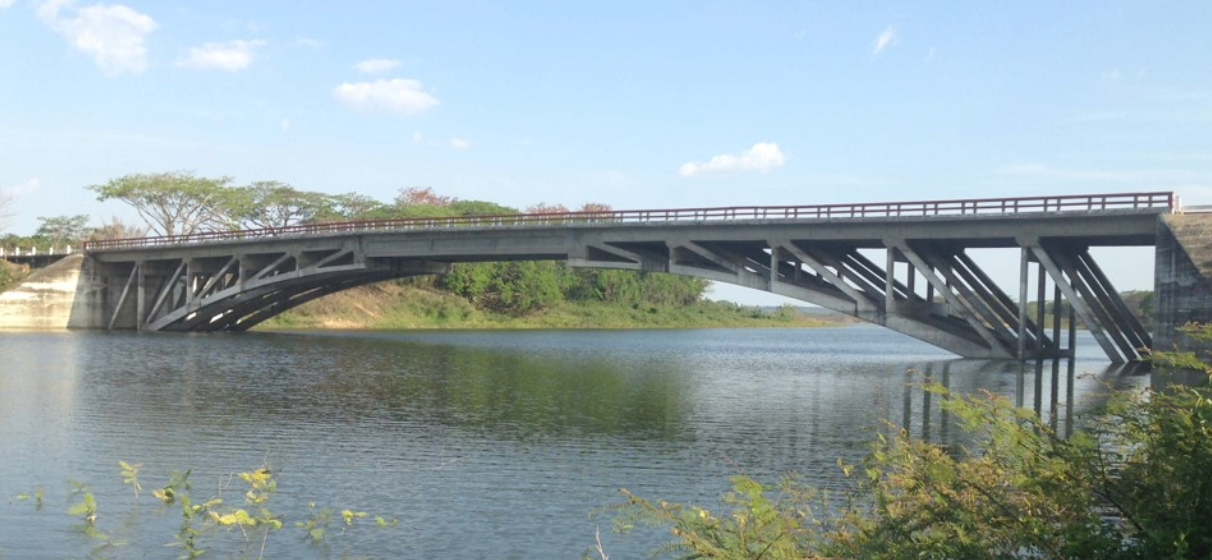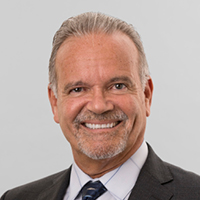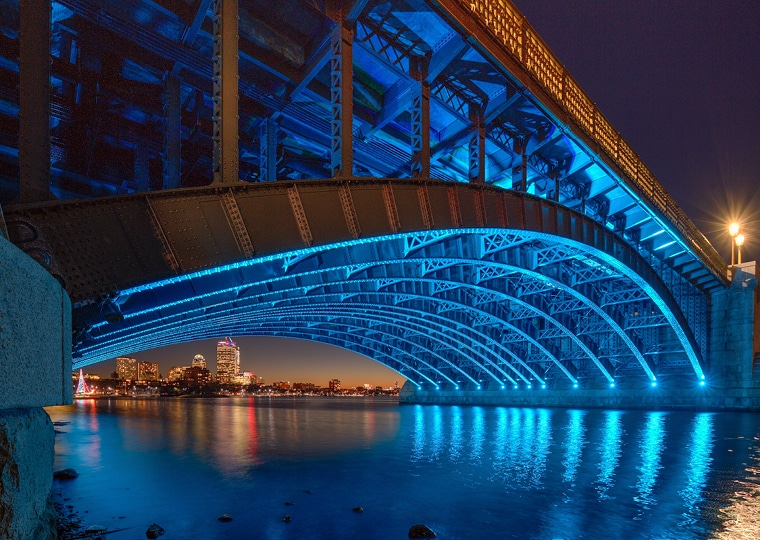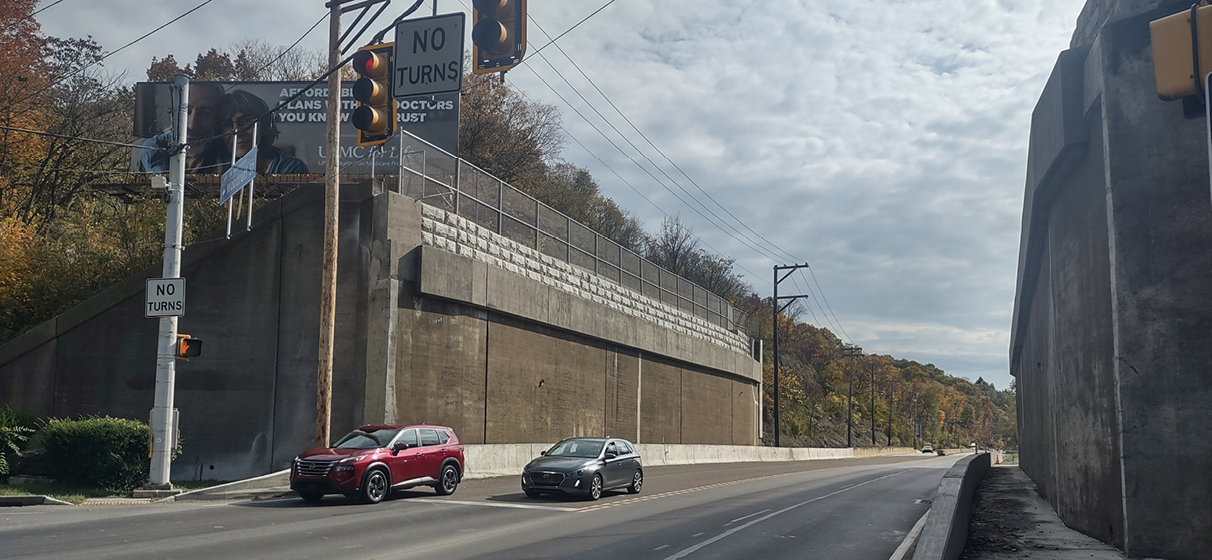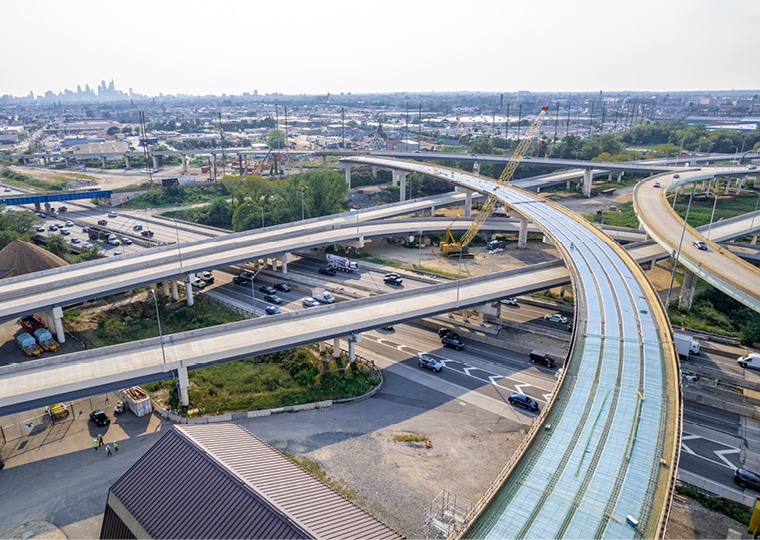During the recent annual meeting of the International Bridge Conference, I had the honor to present on the remarkable work of my father, Mario G. Suarez PE, whose vision and ingenuity brought the pioneering Zaza River Bridge in Cuba to life.
The Zaza River Bridge – considered the first precast concrete, post-tensioned segmental bridge in the world when it was originally built in 1959 – is not just an engineering feat; it is a testament to the principles of creativity and innovation that my father instilled in me. Spanning 300 feet, the bridge utilizes four parallel concrete segmental trusses, which were prefabricated to enhance construction efficiency. In getting to share the story of this bridge, I am reminded of the lasting impact he has had on my own long-standing career as a bridge engineer, where I strive to honor his legacy in every aspect of my professional journey.
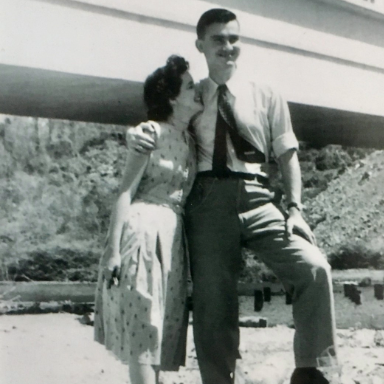
An Engineer Shaped by Resilience
My father was not only an outstanding structural engineer but also a visionary who believed in the power of bridges to connect people and communities. Born and raised in Cuba, he developed a keen interest in civil engineering early in his life. His journey was characterized by remarkable resilience, especially during the tumultuous years of the Cuban Revolution. While many faced upheaval and uncertainty, my father’s steadfast commitment to his profession and his community shone through.
After Fidel Castro’s government took power in 1959, my father was appointed to lead the design team for the replacement of several destroyed bridges across Cuba, including the Zaza River Bridge. This was no ordinary project; it was an opportunity to redefine infrastructure in a country undergoing dramatic change. He worked alongside the firm Arango y Salas and teamed up with companies that emerged as trendsetters in international design-build delivery methods. The challenge was immense. The original steel truss bridge had been a critical connector for the city of Havana, and the new structure needed to uphold the same significance.
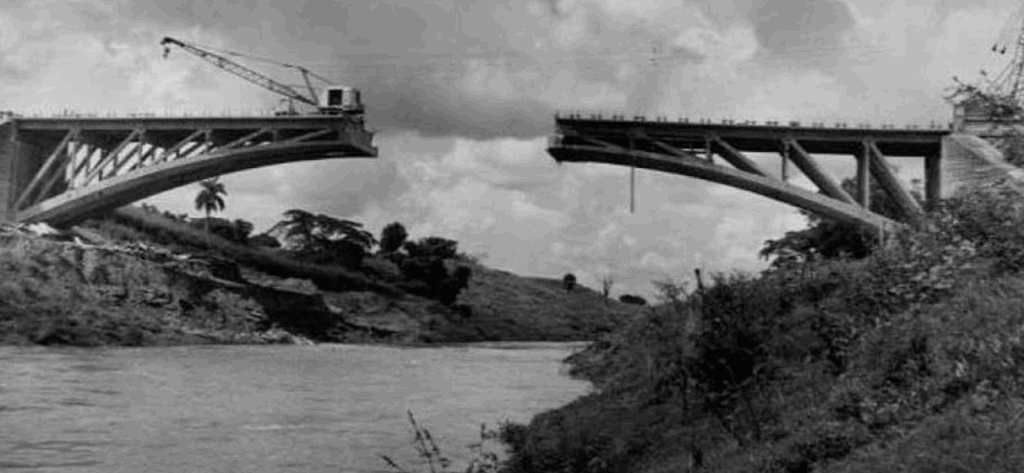
Turning Constraints into Innovation
In reflecting on his work, what stands out to me is his ability to transform constraints into opportunities. Faced with the limitation of crane capacities and an urgent construction timeline, my father used a unique combination of precast concrete and post-tensioning techniques, along with a progressive cantilever erection method. He created a system that ingeniously utilized the existing abutments while incorporating innovative strut and tie concepts. The result was a stunning design that not only met the necessary load requirements but also exemplified simplicity, efficiency, and elegance.
Growing up, I was surrounded by dialogues about engineering challenges and daring solutions. My father often brought home sketches and blueprints, filling our living room with the scent of ink and ambition. I remember watching him meticulously pour over calculations, driven by a passion for finding elegant solutions to complex problems. This environment instilled in me a deep appreciation for engineering, but more importantly, it taught me the significance of commitment to public service. My father’s belief that his work could enhance the quality of life for everyday people stayed with me, guiding my own career decisions.
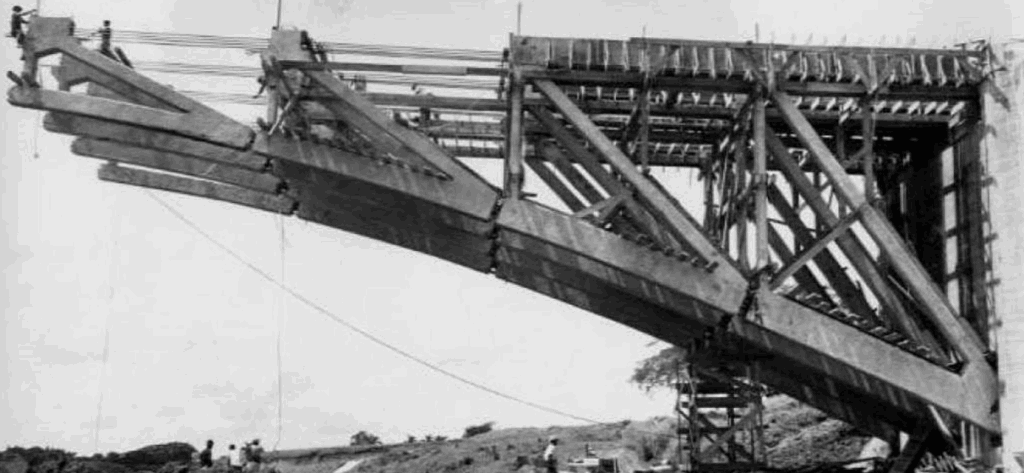
Professional Achievements and Lasting Impact
Throughout his illustrious career, my father garnered accolades that reflect his dedication and skill. He was a licensed professional engineer, active technical committee member for American Concrete Institute, Prestressed Concrete Institute, Post Tensioning Institute and his contributions to the field were recognized with numerous awards. In the twilight of his career, he also designed an external post-tensioning repair for probably the most famous house in the world, Frank Lloyd Wright’s Fallingwater concrete structure. Yet, amid these professional achievements, it was his character and integrity that truly inspired me. He always emphasized that engineering was not merely about technical know-how; it was about envisioning how designs could provide better connections in a fragmented world.
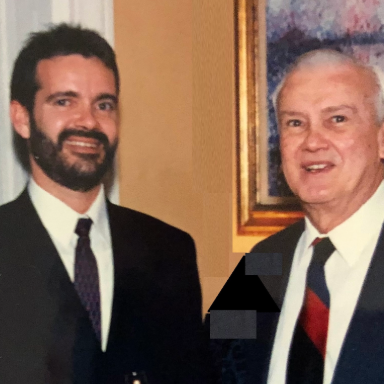
Carrying the Legacy Forward
The inspiration my father instilled in me continues to fuel my passion for engineering. Each design challenge I face becomes an opportunity to honor his legacy while striving to innovate and inspire the next generation of civil engineers. That’s because when we carry forward a legacy of connection, creativity and commitment, we bridge the past to a promising future.
